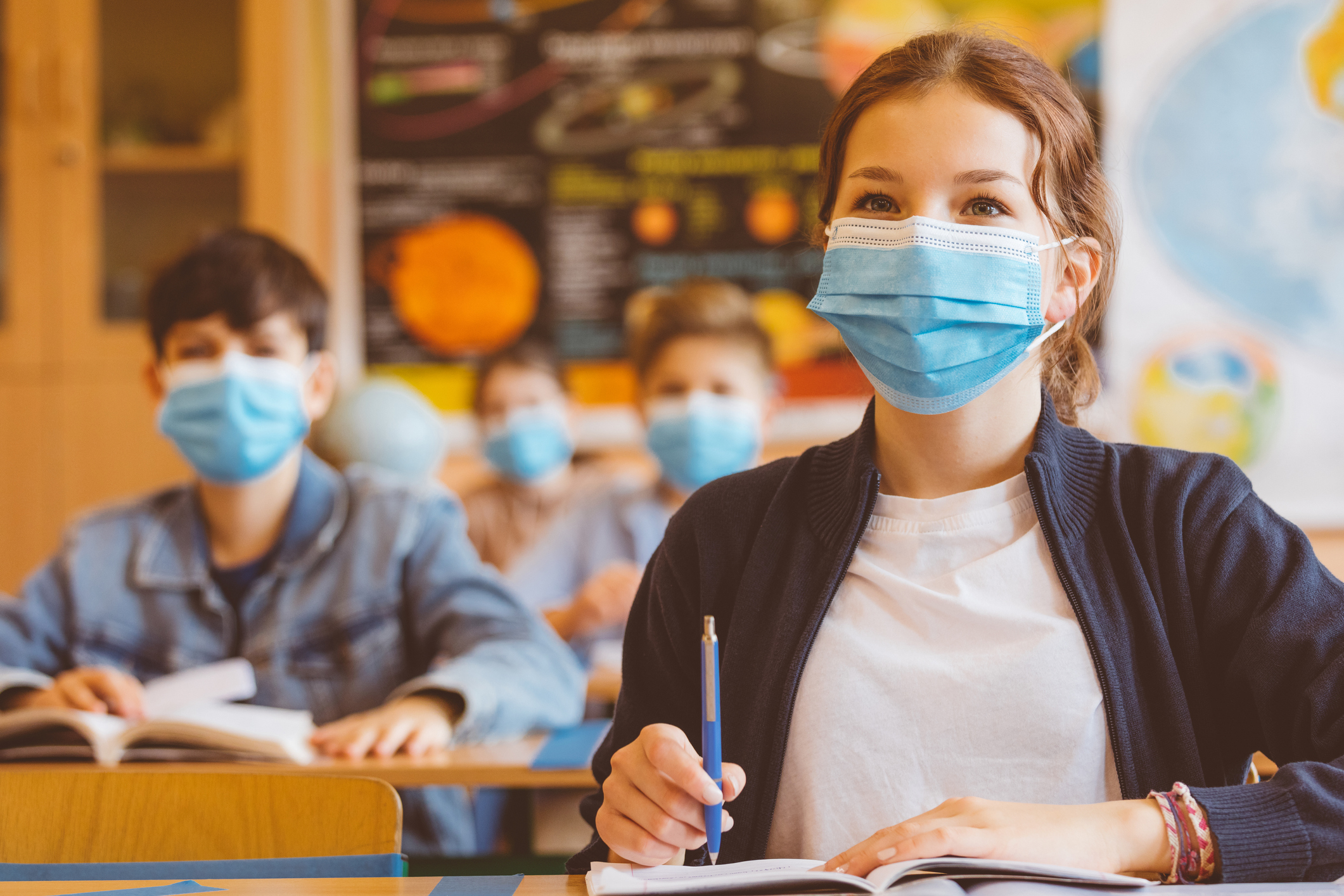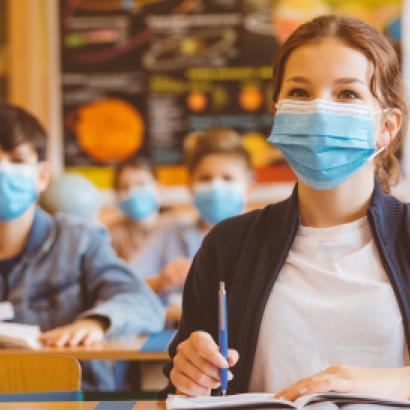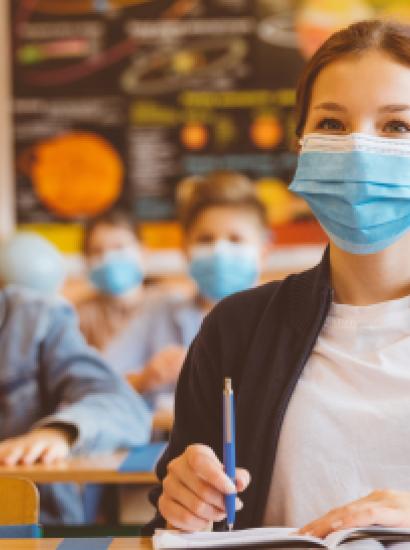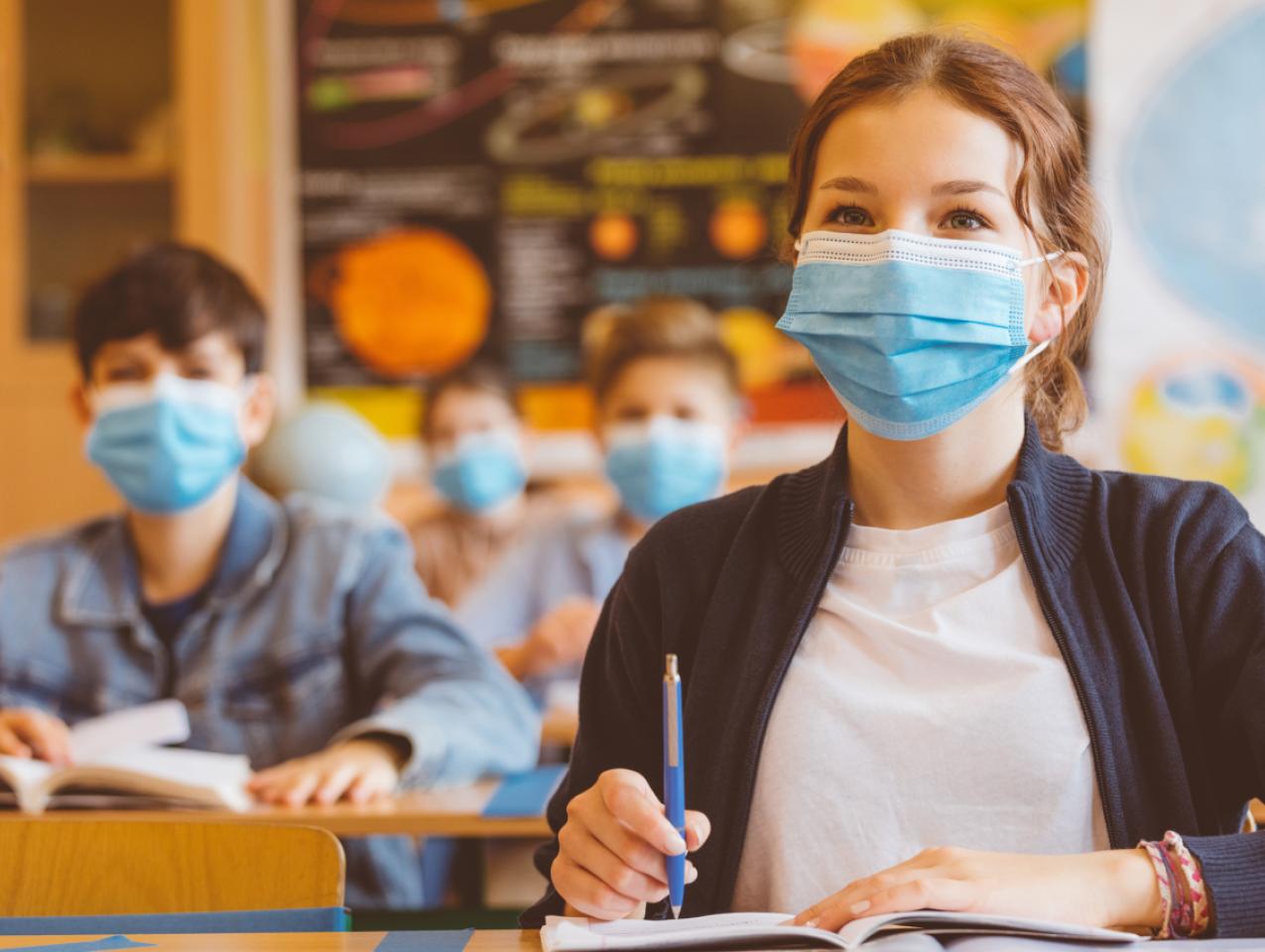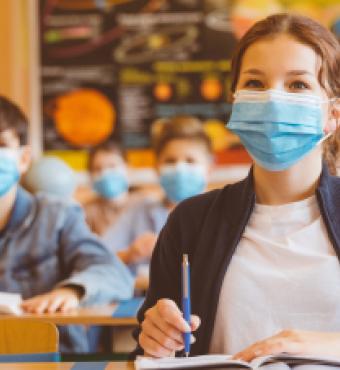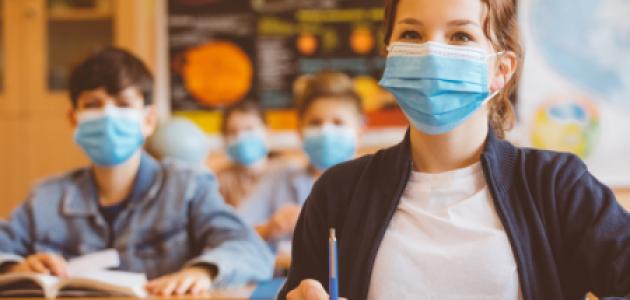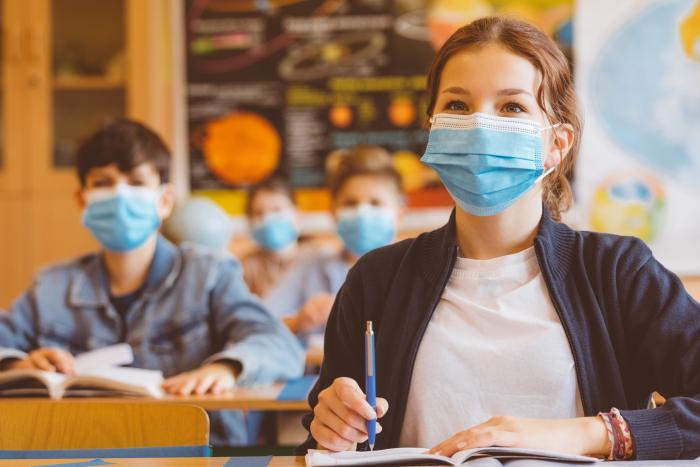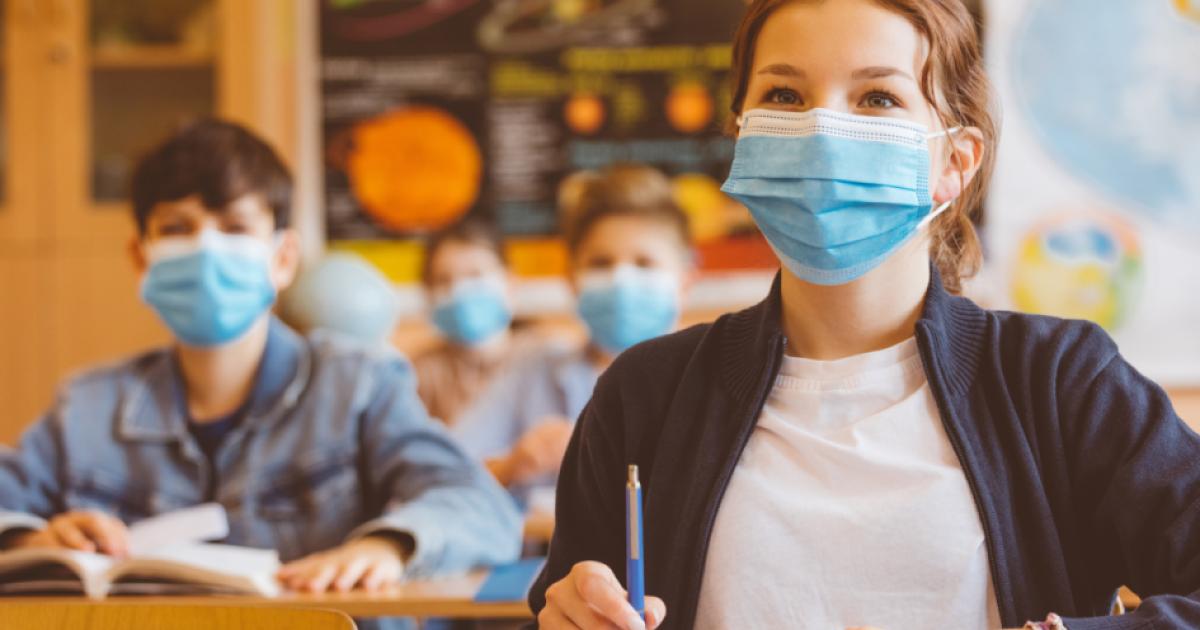I was on a family vacation last week at a South Carolina beach town, which is why I didn’t post a California-centric column in this space.
I won’t waste your time with 1,000 words on the differences between the Palmetto State and the Golden State (the latter slapping a state-funded-travel ban on the former last year, citing a South Carolina statute that enables faith-based foster agencies to “discriminate” against the LGBTQ community).
But on brief, two stark contrasts: South Carolina’s population is but one-eighth that of California’s and its GDP approximately one-eighth that of California’s world-class economy. Not a single Democrat presently holds statewide office in South Carolina (the state last elected a Democratic governor in 1988); not a single Republican presently holds statewide office in California (a nonincumbent GOP gubernatorial candidate last prevailed in a non-recall election in 1990).
Still, the two states have this in common: dealing with powerful special interests.
And, in the regard, South Carolina’s governor might have a trump card to play (no presidential pun intended): the sport of football, which is not so much a special interest in South Carolina as it an obsession.
To understand life in South Carolina—and all America’s South, for that matter—is to appreciate the outsized role that football plays in communities’ fabrics. If Sundays are reserved for worship, then Saturdays are set aside for tailgates and televised broadcasts—don’t even think about planning nuptials on game day—with Friday afternoons and evenings the time for high school games.
Knowing this fixation, South Carolina governor Henry McMaster issued an ultimatum earlier this month: if the good people of his state don’t start taking the pandemic more seriously (translation: wear a mask and practice social distancing), there won’t be football this fall. However, he’s yet to issue a statewide mask mandate, which California governor Gavin Newsom did one month ago.
(Having spent an afternoon and an evening walking around scenic Charleston, I can attest: merchants are enforcing mask wearing; most locals and visitors strolling the hot and humid sidewalks are doing so mask free).
Back in California, football is not the game at hand (the major universities having pared back their fall schedules to conference-only play, with community colleges tabling football until next spring). The Golden State special interest that Gov. Newsom must contend with: California’s powerful teachers’ unions, which have called an audible on a K–12 school year that’s supposed to begin on August 18.
Last week, United Teachers Los Angeles (UTLA, the union representing instructors in that city’s school district) called for campuses to remain closed past the scheduled reopening date, claiming that it’s too much of a health risk to reintroduce kids to the classroom (the union also cited an internal poll that showed five out of six local teachers agreeing with such an approach).
And earlier this week, the Los Angeles and San Diego schools districts (the two largest in the Golden State) announced that instruction would be online-only in the fall.
The problem for Newsom: he doesn’t want the social and economic disruption of parents having to revisit virtual education—i.e., losing the childcare benefit that in-class school provides (“I would like to think that we have the capacity,” Newsom said last week, “to make better decisions in the next few weeks where we don’t have to make the decision to delay the school year.”).
As Newsom had previously floated the idea of a July or early August school reopening back in late April, it would seem that the governor is not a fan of distance learning as a substitute for the classroom experience. What he’s suggested: a hybrid approach to schooling that could include students alternating between physical and online learning.
Newsom’s reaction to the two school districts’ decision to stay closed? Not exactly somersaults. While he applauded the choice, he also stood by his position that reopenings should be a local decision. And he promised more input from Sacramento, after receiving a letter from the California Federal of Teachers dinging the governor for providing “guidance, but not definitive clarity.”
I’m not a health expert, so I’ll leave it others to explain the risk of reopening schools sooner rather than later. My Hoover colleague Scott Atlas, who’s an accomplished physician and a scholar of public health, points out that children face “no significant risk” from the coronavirus (as of last weekend, no California minors had died from it). Atlas also believes that the relative youth of those in the teaching profession (nationwide, half of all K–12 teachers are under the age of 41; four out of five (82%) are under the age of 55) places it in less risk.
The question for the next few days, as Newsom tries to find a middle ground between schooling-as-usual and unions resisting a mid-August reopening: how much of this discussion will play out in public given that it’s an election year and President Trump has picked up on school reopening as a campaign talking point? (The Trump administration’s position: anything less than five weekdays of in-person instruction could prompt a cut in federal funding for schools that don’t meet that standard.)
Let’s assume that a Newsom administration position wouldn’t be as strict (what about a compromise where some teachers practice from home, while students assemble at school?). But if Newsom gives the impression that he sides with Trump, the most hated man in Democratic circles, on school reopening, then how does that affect Joe Biden’s presidential prospects? (At last report, Biden’s spouse said the presumptive Democratic nominee would defer to the scientific community and the federal Centers for Disease Control on when best to open schools).
If that sounds deferential, that’s because it is—albeit deferential to teachers’ unions, not public health officials.
Earlier this month, Biden told an audience from the nation’s largest teachers’ union that its profession is “the most important” in all of America (the full quote: “You are . . . the most important profession in the United States. You are the ones that . . . give these kids wings. You give them confidence. You let them believe in themselves. You equip them. And I promise you, you will never find in American history a president who is more teacher-centric and more supportive of teachers than me.”).
What else do teachers provide other than “confidence”? For the Biden campaign (as well as other Democratic candidates): money.
And for Newsom: a potential headache, should the California-based teachers’ unions decide that the only way in-classroom instruction will occur in the 2019 calendar year is with some gubernatorial concessions (the demands coming in such forms as more job protection—a trailer bill to California’s new budget prevents layoffs of teachers through the current fiscal year—or the governor agreeing to put the screws to California’s charter schools.)
If that’s sounds cynical, it’s only because the Los Angeles–based teachers’ union has more than education on its mind. UTLA reportedly wants the following in exchange for reopening LA’s classrooms: shutting down privately operated and publicly funded charter schools, defunding police, Medicare for All health care, a new statewide wealth tax, plus a federal bailout of state and local governments.
That sounds more like hardball than football. Still, it’s a political game that’s long been a spectator sport in California. And once the school year begins and schools in the Golden State are open for in-class instruction or not, we’ll have a better idea of whether it’s California’s governor or the teachers’ unions calling the plays.







